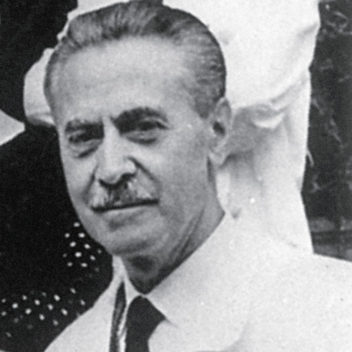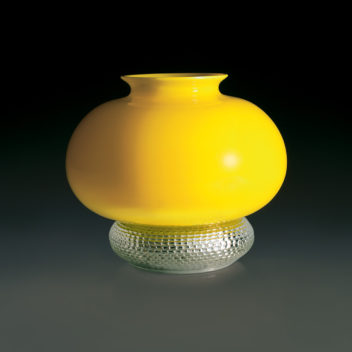
Franco Albini 1905–1977
Franco Albini was born in Robbiate (Como). He graduated with a degree in architecture from the Politecnico in Milan in 1929. The following year, he opened his own architecture studio, concentrating on product and exhibition design, and becoming one of the world’s most significant designers in this field during the course of his career. In 1945 and 1946, he directed the architectural review Casabella, and between 1949 and 1977, he turned to teaching, first at the universities in Venice and Turin until 1963, then at the Politecnico in Milan. His works are characterized by a rational severity, which is evident in works such as the renovation and interior design of the Palazzo Bianco in Genoa (1950), the design for the display of the Treasure of San Lorenzo in Genoa (1952) in collaboration with Franca Helg, and the restoration of the Palazzo Rosso in Genoa (1952-1961). His successful work in the field of design is noted for the essential elegance which distinguishes his many furniture projects, such as the Margherita armchair for Bonacina (1950), the Fiorenza armchair for Artflex (1952), the Luisa chair for Poggi (1954), and the Credenza (1967) designed in collaboration with Franca Helg. This partnership also produced the collection of glass pieces designed for San Lorenzo S.r.l. and crafted by Salviati. In the early ’60s, in collaboration with Franca Helg and Bob Noorda, he designed the stations’ furnishings and signage for Milan’s Subway Line 1.


